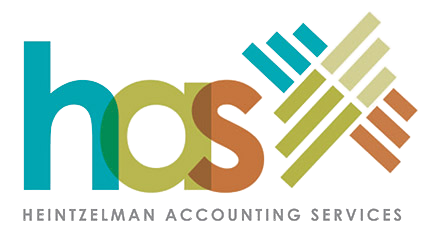* This content may be outdated*
On November 6, 2009 President Obama signed into law an act that is expected to continue the efforts to revive the real estate market in addition to assisting the unemployed & struggling businesses. Below are the highlights of this new law:
The new law is a one time extension of the first time homebuyer credit to April 30, 2010. This is a federal tax credit worth $8,000 ($4,000 for married tax payers filing separately) for tax payers making a first time eligible purchase of a home. Additionally, if a homebuyer signs a binding contract to purchase a home before May 1, 2010, and the transaction closes before July 1, 2010, the credit is still available.
Expansion of the credit provides for families that have lived in their homes for at least five years and wish to purchase a new home. This federal tax credit is worth $6,500 ($3,250 for married taxpayers filing separately). To qualify, a homeowner must have owned and used the same principal residence for five consecutive years in an eight year period that ends with the new home purchase date. The new law has higher income limits: the phase-out of the credit begins at $125,000 for single taxpayers and $225,000 for married joint filers.
This new law also contains some important changes to reduce tax fraud, such as setting a minimum age and requiring proof of purchase to claim the credit.
More Federal Unemployment Benefits
Unemployed Americans will realize an extension of at least 14 weeks of benefits under the new law. For states like Michigan with an unemployment rate of more than 8.5%, the extension of benefits is 20 weeks.
However, the new law does not extend the exclusion from gross income, for federal income tax purposes, $2,400 of unemployment benefits received in 2009. That provision will end on December 31, 2009.
A significant expansion of the net operating loss (NOL) rules, which were scheduled to expire this year, is part of the new law. NOLs incurred in 2008 and 2009 are allowed to be carried back for up to five years for all businesses no matter how high their gross receipts are. In the fifth year there is a 50% income limit on the NOL offsets.
For eligible business that are struggling in today’s economy, these new rules may improve cash flow with a refund of taxes paid years ago when profits were up.


Recent Comments